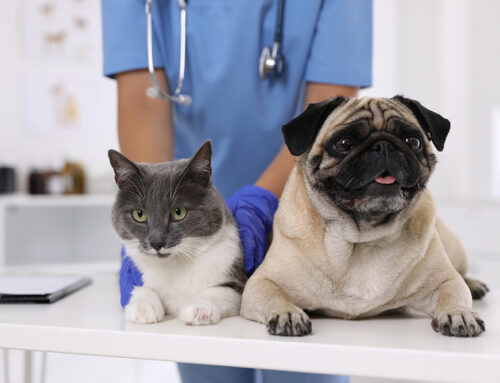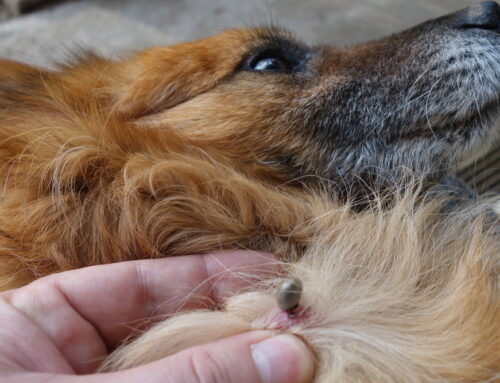Saying goodbye to a beloved pet is one of the most heart-wrenching decisions any pet owner will ever face. At Star of Texas Veterinary Hospital in Austin, Texas, we’ve walked alongside countless families during this profoundly emotional time—and we understand the weight of it.
If you’re asking yourself, “How do I know when it’s time?”—you’re not alone. That question is filled with love, uncertainty, and an overwhelming desire to do what’s best for your companion. This guide is here to help you navigate the decision with clarity, compassion, and support.
What Is Pet Euthanasia? A Compassionate Medical Choice
Euthanasia is a humane, medically guided process designed to gently end a pet’s suffering. It involves administering medication that first induces deep sedation, followed by a peaceful loss of consciousness and, ultimately, a painless passing. While the decision may be incredibly difficult, it is often a final act of love—one that prioritizes your pet’s comfort and dignity above all else.
Learn more from Cornell University.
Recognizing the Signs: When Quality of Life Declines
Making this decision begins with a compassionate, honest assessment of your pet’s quality of life. Tools like the Quality of Life Scale can help you evaluate key areas:
- Pain – Is your pet in pain that cannot be controlled with medication?
- Appetite – Has there been a significant loss of interest in food or unexplained weight loss?
- Mobility – Is it difficult for your pet to move, stand, or manage daily functions without assistance?
- Hygiene – Are they unable to groom themselves or stay clean?
- Mood and Engagement – Have they lost interest in once-loved activities, toys, or people?
- Good Days vs. Bad Days – Are the difficult days beginning to outnumber the good ones?
We encourage you to track these changes over time. Patterns often reveal more than individual moments. Learn more: How to Assess Your Senior Pet’s Quality of Life.
Why Timing Matters: Avoiding Prolonged Suffering
One of the most painful parts of pet ownership is realizing that waiting too long can lead to unnecessary suffering. While it’s natural to hope for improvement, it’s important to balance that hope with your pet’s comfort and dignity. Although this choice is never easy, making it at the right time can prevent your pet from enduring avoidable pain or medical emergencies.
The Role of Your Veterinarian: Diagnosis, Treatment, and Guidance
Before making a decision, speak with your veterinarian to review your pet’s diagnosis, progression, and care options. We may recommend diagnostics such as blood work, X-rays, or ultrasounds to clarify your pet’s condition.
Treatment options range from traditional medical care to integrative therapies like acupuncture or physical therapy, depending on your pet’s specific needs and prognosis. The goal is always the same: to determine whether treatment can enhance quality of life—or if it would simply prolong discomfort. Learn more: End-of-life pet care – ASPCA
Considering the Broader Picture: Impact on Family and Daily Life
Chronic illness or terminal conditions often impact the whole household. Care routines may become emotionally and physically demanding, involving around-the-clock attention, mobility assistance, and frequent medical visits. Financial strain can also be a reality. None of these factors are selfish to consider—they are part of responsible caregiving.
By taking a holistic view, you’re not only protecting your pet’s well-being, but also ensuring that your family has the support and emotional bandwidth to navigate this journey together.
Preparing for the Euthanasia Appointment
Once you’ve made the decision, preparing for the appointment can help ease some of the emotional burden. You have options:
- Location – Many families prefer the familiarity of home, while others feel comforted by the structure of a clinic setting.
- Sedation – Pre-euthanasia sedation helps your pet relax fully and minimizes any distress.
- Family Presence – You’re welcome to stay with your pet throughout the procedure, or step away if it feels too overwhelming.
We’re here to honor your preferences with respect and care.
What to Bring to Your Appointment:
- Recent medical records and a list of current medications
- A comforting item like a blanket or favorite toy
- Photos or a timeline documenting your pet’s health changes
- A written list of questions or concerns you’d like addressed
Helpful Questions to Ask:
- Are there any care alternatives we haven’t explored?
- What signs should I watch for that indicate worsening health?
- What should I expect—emotionally and medically—during and after the procedure?
Frequently Asked Questions About Pet Euthanasia
Will my pet feel pain during the procedure?
No. The process is designed to be completely painless. Sedation ensures your pet feels calm and secure throughout.
Can I be present during euthanasia?
Absolutely. Many pet owners choose to stay, and we provide a peaceful, supportive space for those final moments together.
What are my aftercare options?
We offer several respectful choices, including cremation, home burial (where legal), or burial in a pet cemetery.
Honoring Their Life, With Love
Grief is a deeply personal journey. Whether you feel overwhelmed, conflicted, or even guilty, know that these feelings are valid—and that you’re not alone. The most important thing you can do is stay attuned to your pet’s needs, listen to your instincts, and lean on your veterinary team for guidance.
At Star of Texas Veterinary Hospital, we are here to support you with compassion, experience, and care. If you’re feeling uncertain or simply need someone to talk to, please contact us.
We’re here to walk this path with you—every step of the way.
If you’re currently facing this decision, please reach out. You don’t have to go through it alone.







